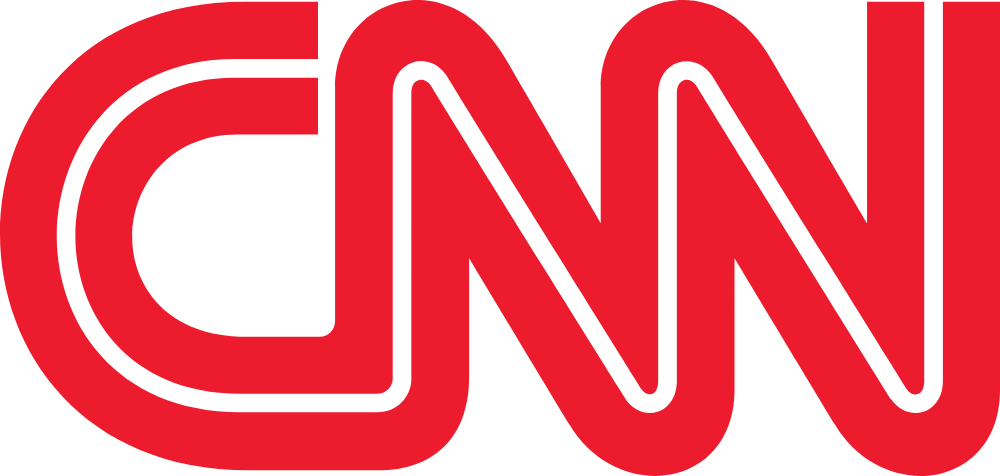Criminal Defense
Possession of a Controlled Substance
max@dotcomlawyermarketing.com
Legal Expert
4 min read
Updated: Sep 6, 2025
Federal laws regarding the possession of a controlled substance make it illegal to possess or control a prohibited substance in any area under the person’s control - such a vehicle, locker or warehouse. Federal laws supersede state laws in federal court and are based on the Controlled Substances Act, known as CSA, which is a law that applies to prescription drugs and illegal street drugs. Marijuana, which has been legalized in many states for medicinal and/or recreational purposes, remains illegal under federal law. The laws apply equally to possession of prescribed medications without a prescription and possession of illegal street drugs. The federal government doesn’t pursue simple possession cases very aggressively, leaving drug possession cases in the hands of state and local law enforcement. However, certain state cases may be prosecuted under federal law. Federal prosecution usually happens when the federal government has other interests at stake. Common street arrests for possession of controlled substances usually result in prosecution in state or federal court and not both.
Types of Prohibited Substances
The Food and Drug Administration and Drug Enforcement Agency are responsible for classifying drugs and changing their classification. Recently, the federal government reclassified some substances in response to higher levels of addiction or dependency to prescription medications. Some were returned to their original classification. The types of federally controlled substances are separated into these five categories:- Schedule I: These substances mostly include illegal street drugs and drugs with a high addiction rate. The drugs have no accepted medical use under current law. Examples include heroin, LSD, 3- and 4-methylenedioxymethamphetamine, known as ecstasy, peyote, methaqualone and marijuana under federal law.
- Schedule II: Schedule II controlled substances are those with a high risk of abuse and addiction. These drugs are dangerous, and even careful use can lead to addiction. Examples of Schedule II drugs include drugs with 15 milligrams or less of hydrocodone, methamphetamine, hydromorphone, aka Dilaudid, Oxycontin, Dexedrine, fentanyl, Adderall and Ritalin.
- Schedule III: Schedule III substances are chemicals and drugs that generate a low-to-moderate risk of drug abuse. These include anabolic steroids, testosterone, ketamine and Tylenol with codeine.
- Schedule IV: Schedule IV substances include drugs and chemicals that generate a low risk of dependency and addiction. Examples of these medications include Tramadol, Xanax, Darvon, Valium, Soma, Ambien, Ativan and Talwin.
- Schedule V: Schedule V drugs include drugs, prescription medications and chemicals that have almost no potential for abuse. These include drugs with limited narcotic ingredients that are used as antitussives, analgesics and antidiarrheal medications. Examples of Schedule V drugs include codeine cough syrups, like Robitussin AC, and Lomotil, Lyrica, Motofen and Paraceptolin.
Mandatory Minimum Sentences in Federal Drug Cases
Federal judges have their hands tied when sentencing guilty defendants for controlled substance offenses. The penalties are carefully defined based on the amount of a substance in the defendant’s possession, criminal record, whether a firearm was used and whether the defendant committed violence or caused a death. The penalties are more severe than those of state courts, and mandatory sentencing guidelines limit the judge’s options. People who are arrested by local or state officers can be tried in both federal or state court, but that seldom happens. If it does, the sentences may or may not run concurrently. Previous drug convictions result in mandatory federal sentences for defendants who are convicted of any related firearms offenses. Federal drug possession charges, even for small amounts, can carry up to a $1,000 fine and one year in jail. Additional convictions on any drug-related charge can result in a mandatory 90-day sentence in federal prison and additional jail time up to three years. Fines run $5,000 and up for repeat offenders.Federal Prosecution for Controlled Substance Act Violations
The federal government can prosecute any violations of the CSA, but it seldom prosecutes cases where the amount of the substance is small. Even though marijuana possession of small amounts seldom results in serious charges in state-controlled courts, the federal government can prosecute the offense as a Schedule I violation. There are also more serious charges and longer jail sentences in federal court for violations deemed to be manufacturing, distributing or importing controlled substances. References: https://www.dea.gov/drug-schedulingAs Featured In






Need Legal Assistance?
Get expert legal advice from Spodek Law Group's experienced attorneys.